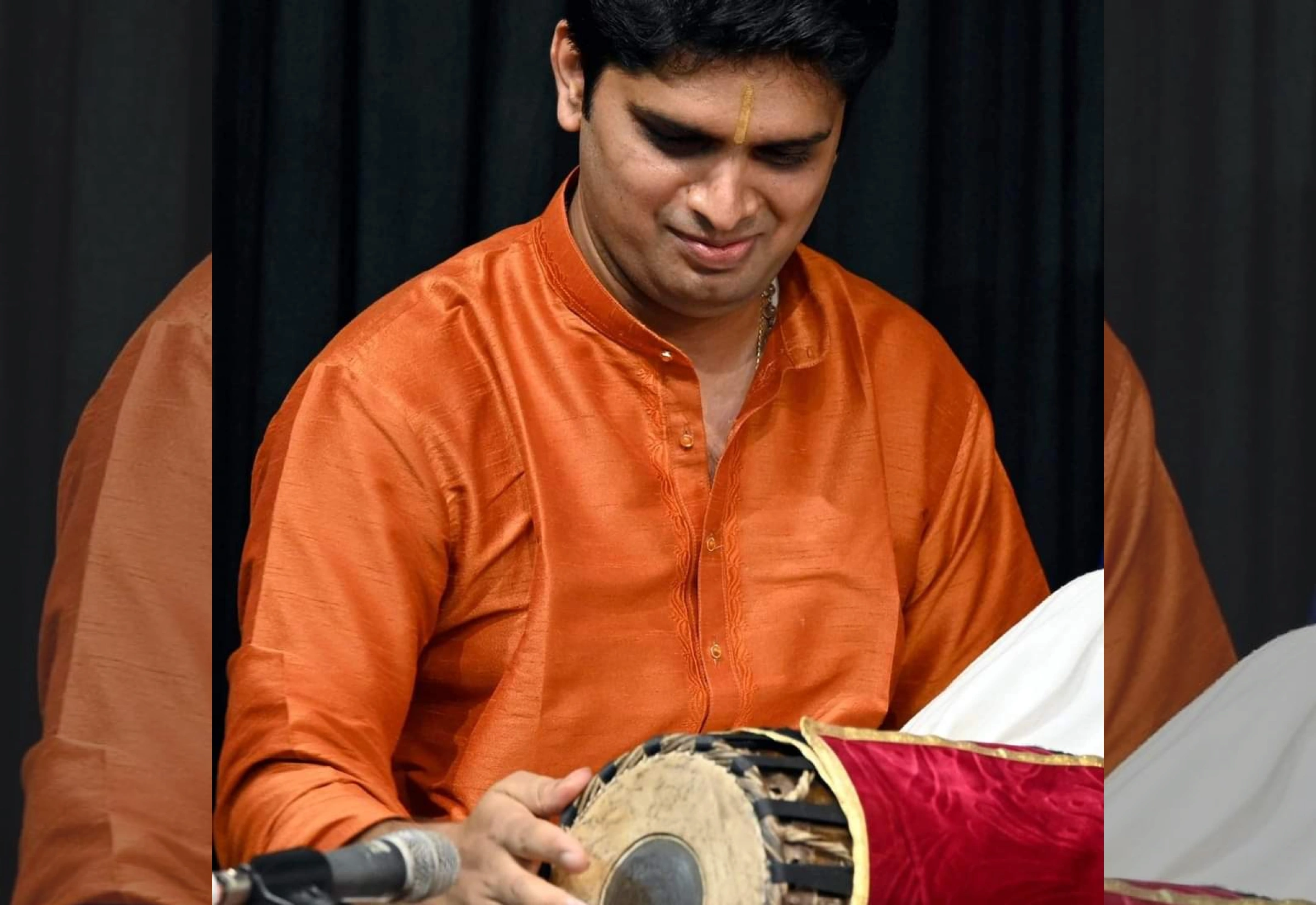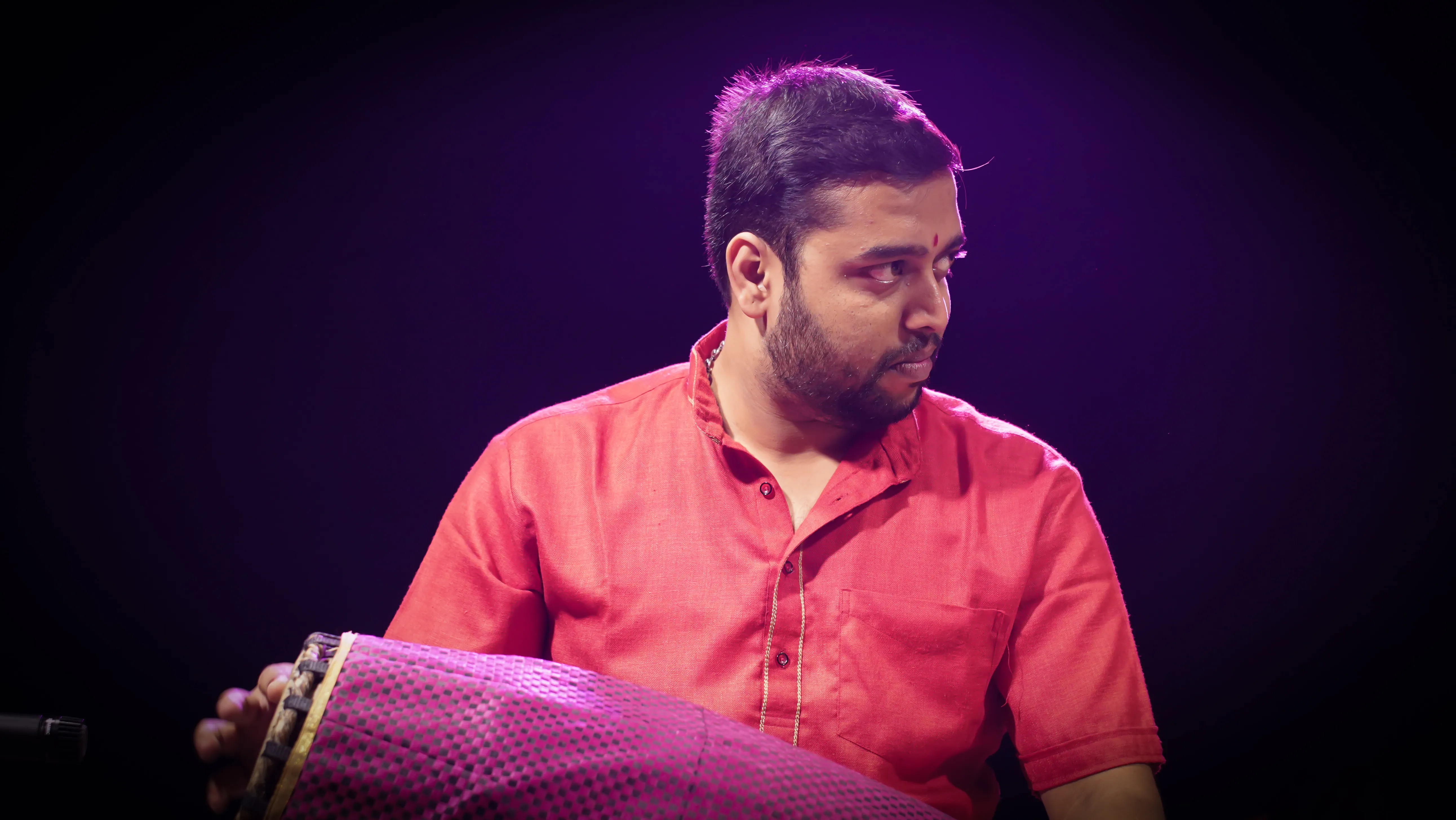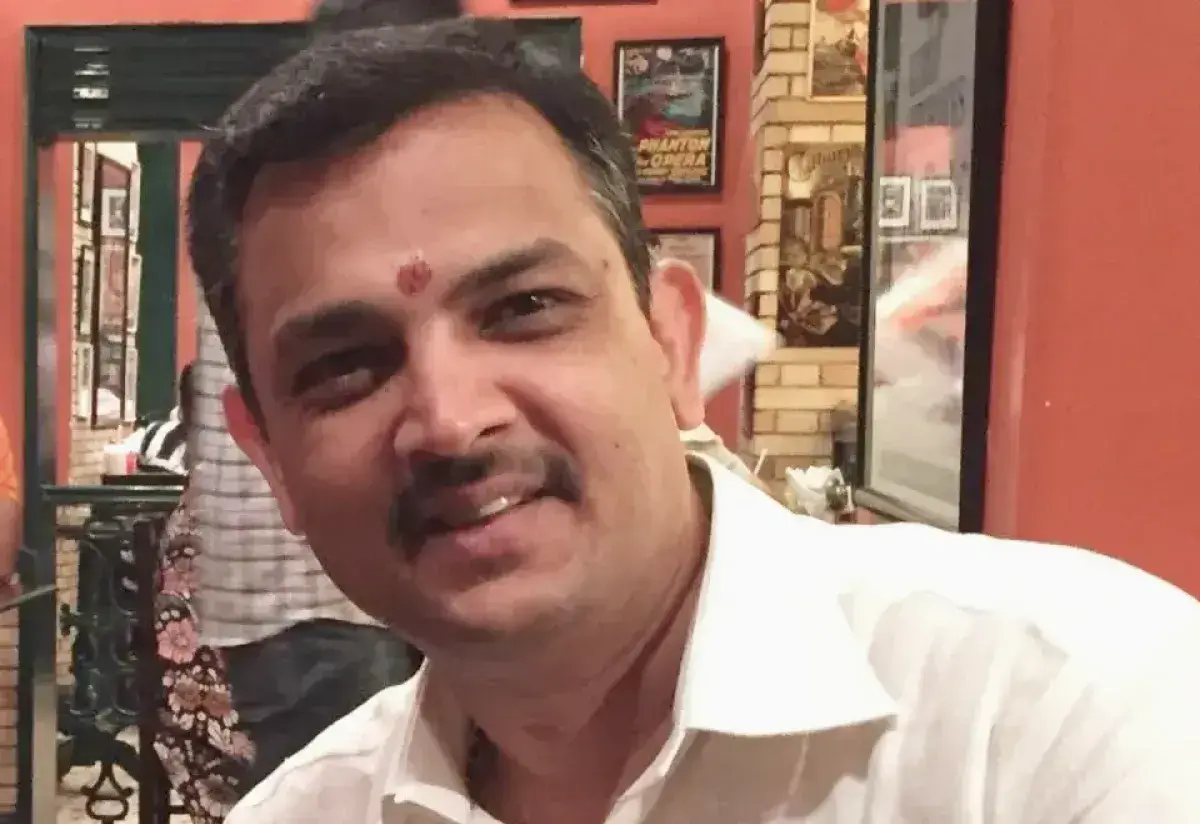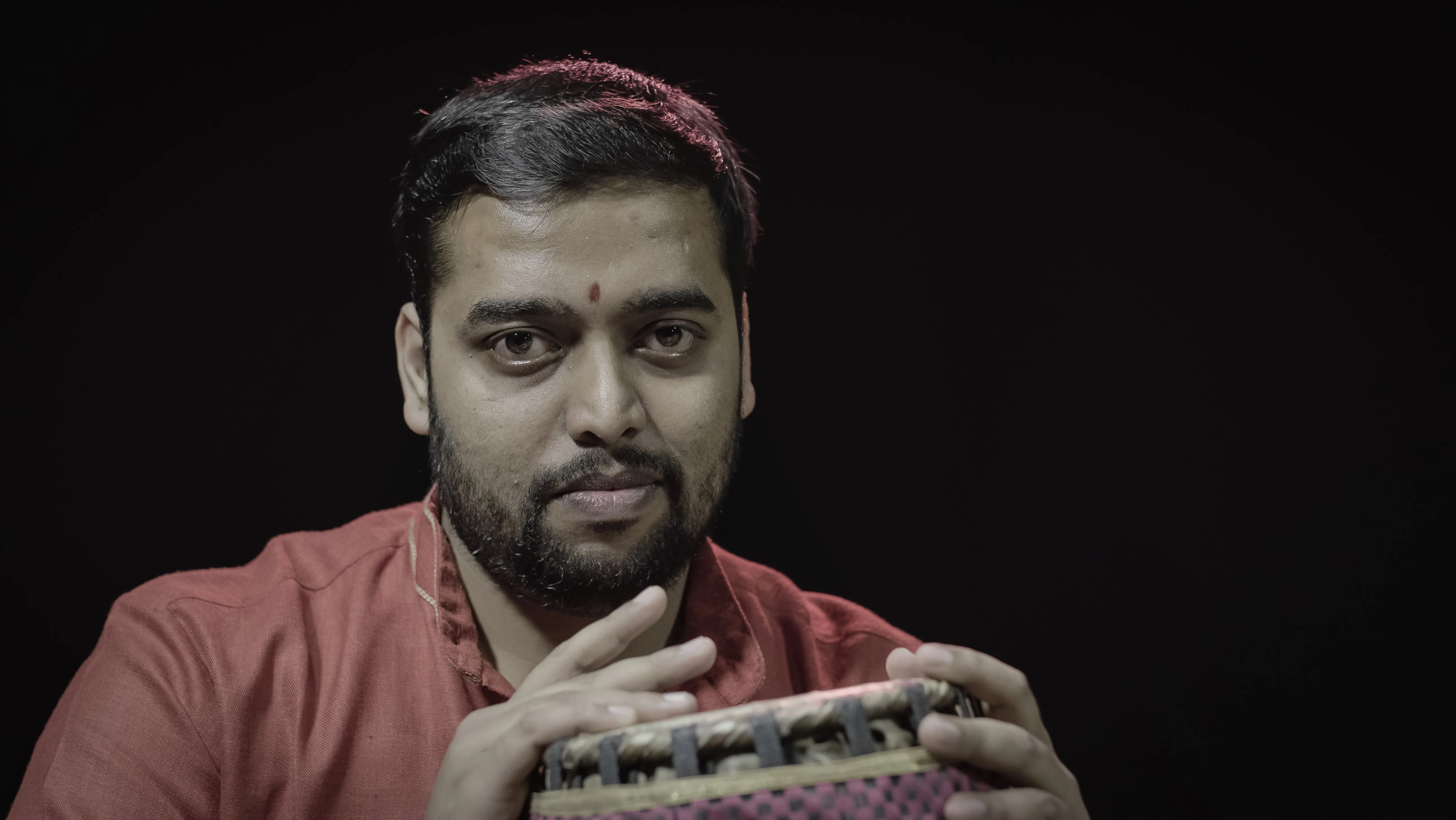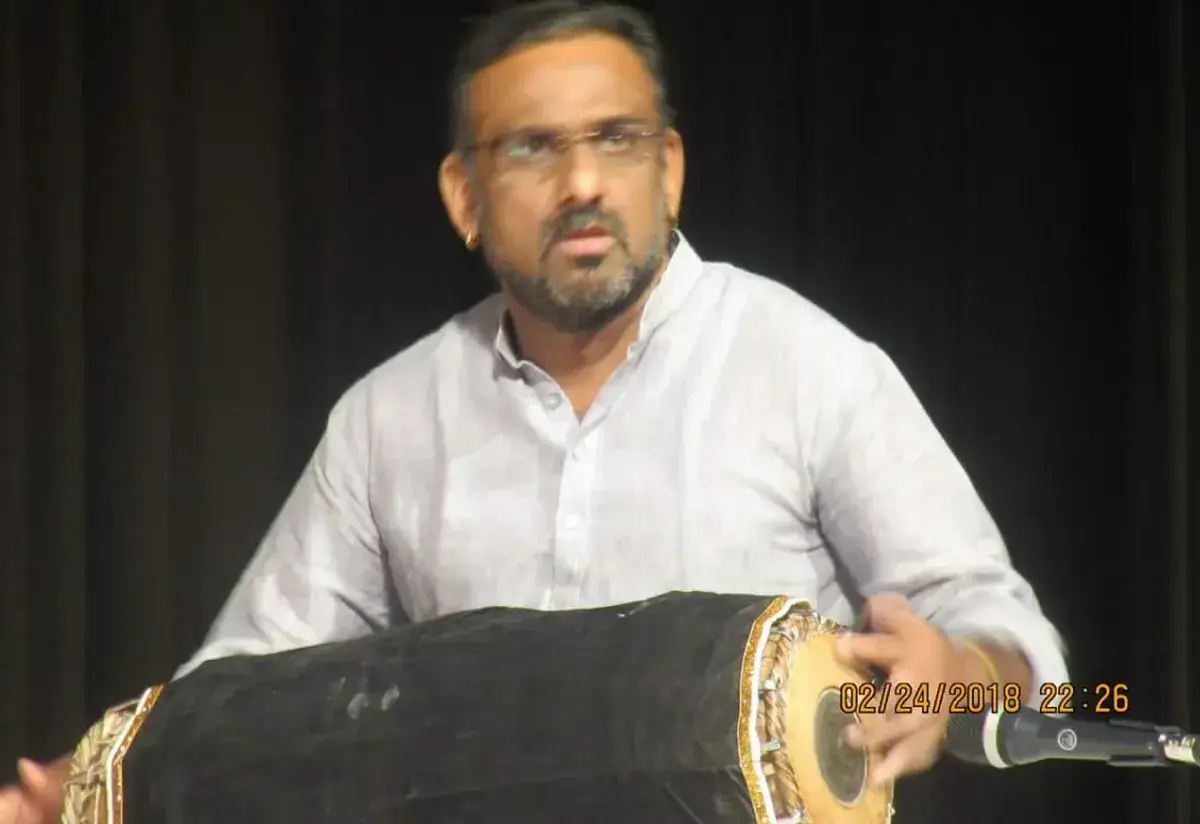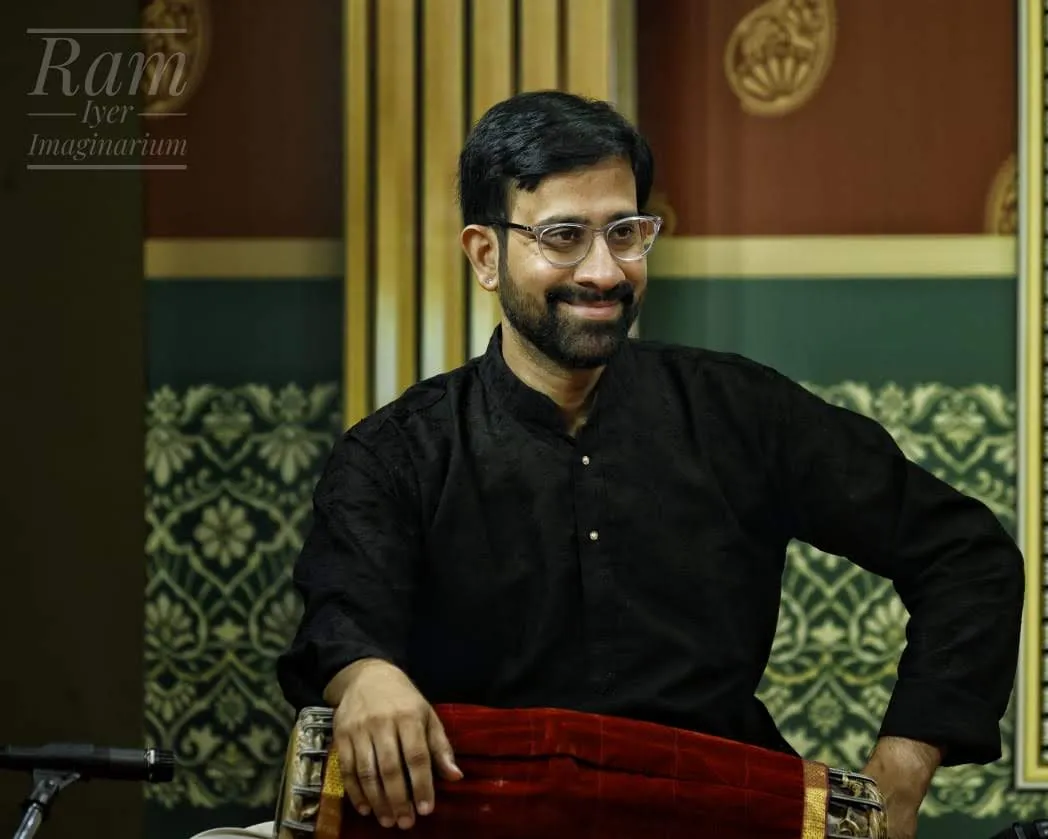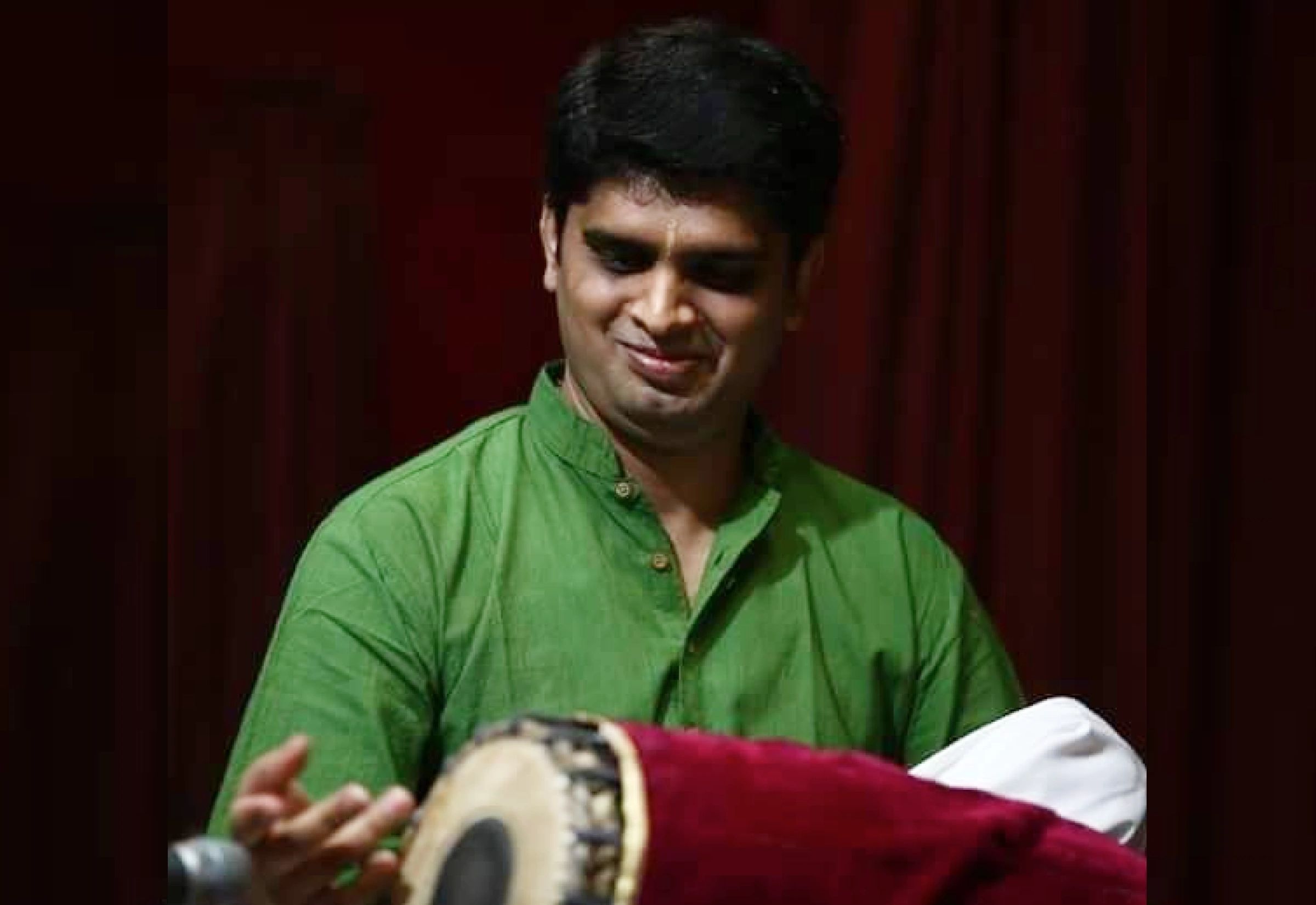Overview
The Mridangam is one of the oldest Indian percussion instruments, originating at least 2,000 years ago. The two-headed drum is popular in both Carnatic classical musical from South India and Hindustani classical music from the north. This drum may also be called mrdanga, pakhawaj, or tannumai. There are slight variations between each instrument but all of them are descendants from the ancient mridang.
In percussion ensembles, particularly in Indian classical music, the mridangam is typically accompanied by the kanjira, tabla, or ghatam. The drum has a low, smooth tone and is capable of great harmonics because of the double, tunable, drum heads—one bass and one treble. The lower, bass side is called the thoppi or eda bhaaga and the higher, treble side is called valanthalai or bala bhaaga.
The body of the drum is constructed of hollow jackfruit wood, with each end covered by goatskin that is laced to the body with leather straps. Depending on the style of playing, there may be more than one layer on each drum head. The leather straps can be adjusted to change the tension of the drum heads, which changes pitch. The head of each drum has an area called the syahi, a circle of black paste that results in a clearer pitch and tone.
The drum is played horizontally while sitting with legs crossed on the floor. The drum rests in the player's lap and the larger end, the thoppi, is played with the dominant hand while the smaller end, the valanthalai, is played with the other hand. Mridangams vary slightly in size but most are around 60 cm in length with 16 cm diameter valanthalai and 18 cm diameter thoppi.
History of Mridangam
The mridangam is an ancient Indian instrument and is likely to be thousands of years old—since India has one of the oldest and most sophisticated traditions of rhythm. The exact origin is unknown but the instrument plays a role in many stories of gods and exists in paintings and sculptures from as early as 200 BCE.
The mridangam is often depicted as the instrument favored by Ganesha and by Nandi, the vahana of Lord Shiva. It is said that Nandi played the mridangam during Shiva’s taandav dance, leading to the instrument being known as Deva Vaadyam, or divine instrument. Another story says the mridangam was created to recreate the sound of Indra as he moved through the heavens on his elephant. The mridangam is also believed to be the predecessor to the tabla, with some believing that the tabla was created by splitting a mridangam in half.
Originally, the drum was made from hardened clay. This is where the name comes from, the Sanskrit words ‘mrid’ for clay and ‘ang’ for body. Since it was likely one of the very first Indian percussion instruments, the mridangam was essential to the development of taal, the Indian system for rhythm.
During the 20th century, the first schools of mridangam playing began. The two most prominent, then and now, are the Puddukottai school and the Thanjavur school. Both schools of thought have a distinct playing style and history. Now, there are mridangam players all over the world and the instrument has been adapted to many different musical styles outside of Indian classical music.
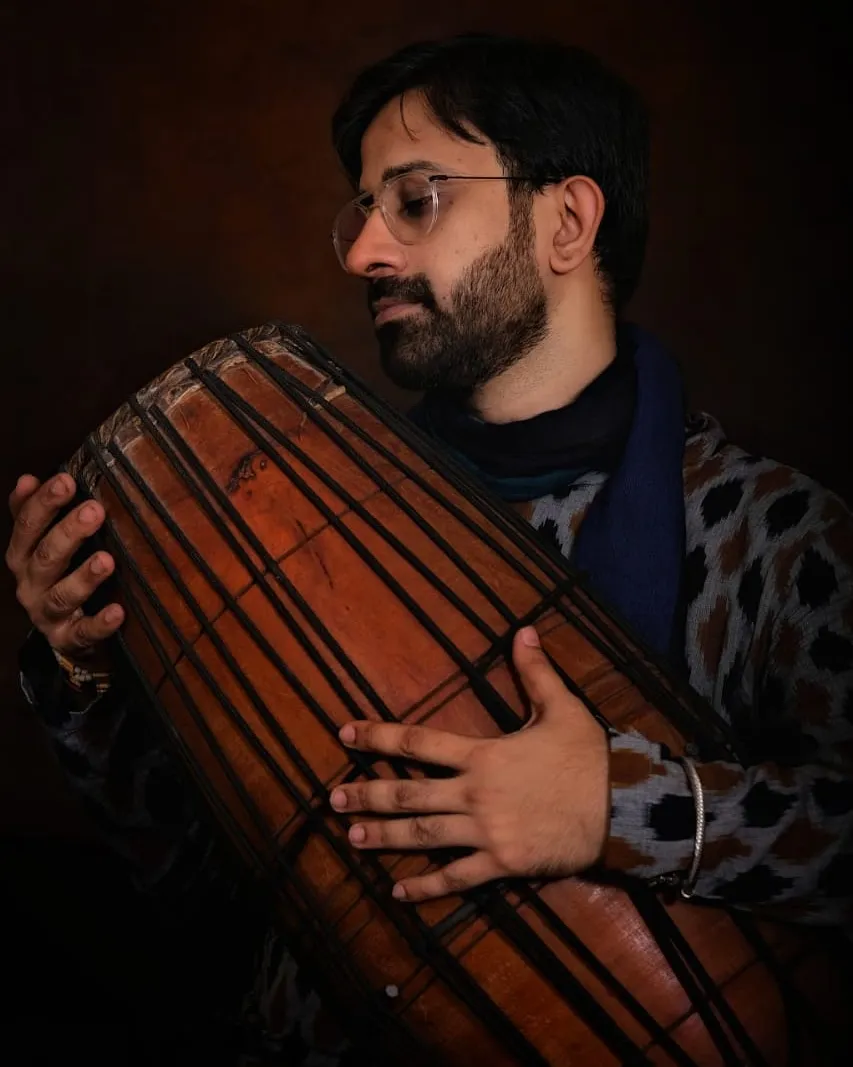
Types of Mridangam
Mridangams vary slightly between makers and musicians but loosely follow a standard set of guidelines on shape, size, and materials. Jackfruit wood, goatskin, and leather are the most common components that make up a mridangam. The style of play is typically more important than the exact specification of a player's instrument. When taking mridangam lessons online, make sure the teacher is aware of the type of mridangam being used to learn.
Only the pakhawaj varies significantly from the traditional mridangam because it is technically a descendant of the drum. The pakhawaj is larger and has a larger center piece of wood, changing the dimensions of the hollow, barrel-shaped body. They also tend to have thicker membranes, bigger ghatta, and alternate hand positions. In addition, the pakhawaj player uses more wheat paste on the bass drum head, giving the instrument an even lower pitch than the mridangam.
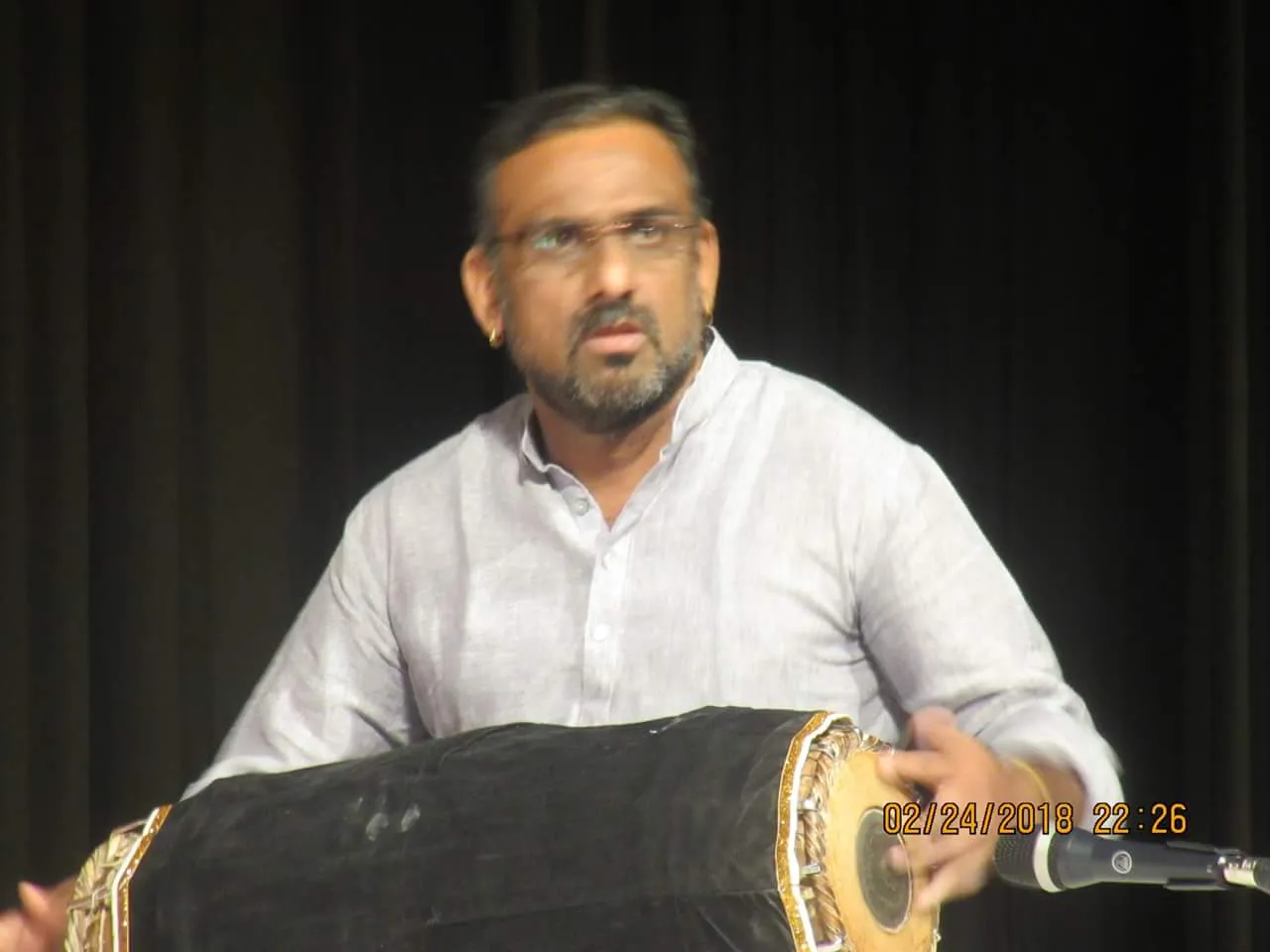
Playing Techniques
The mridangam has multiple standardized playing styles, as well as individual ones. Techniques are often passed down from teacher to student, coming from a school or gharana. Although styles vary from player to player, the concept of rhythm that each style is based on is the same.
Any percussionist playing Hindustani or Carnatic classical tradition must learn taals and bols. Taal is the Indian system of rhythm with many established, individual taals that measure musical time. The taals are comprised of bols, the individual strokes on the drums. Bols are also known as notes, although there is no written notation for Indian classical music. When taking a mridangam course, one will not be learning to 'read' rhythm—rather, the student learns to 'speak' rhythm.
Each bol that is played on the mridangam has a very specific hand position that achieves a specific tone and pitch. Bols are played on both sides of the mridangam, which gives the instrument its unique harmonic drum beat. Because of this, the mridangam is also very popular as an accompaniment to dance performances.
Some of the most common bols played on the mridangam include:
- Chapu: Vibrating tone played with the small finger of the dominant hand, struck between the syahi and the outer edge of the drum head.
- Dhi: Non-vibrating tone struck in the center of the syahi with the middle, fourth, and small fingers of the dominant hand.
- Tha: Non-vibrating tone struck with the palm of the non-dominant hand.
- Thom: Vibrating tone struck with the outer side of the dominant hand.
Mechanics
The mridangam is one of the most versatile hand drums, having two drum heads with a tuning range. Tuning a mridangam is very similar to other Indian drums, like the tabla. Changing the pitch of each end of the drum involves adjusting the tension of the stretched skin drum head. On some mridangams, tuning blocks called ghatta are inserted into the leather straps that secure the drum heads. The ghatta are moved along the body of the drum to change tension and pitch. The edges of the skins are also secured with braided laces that can be struck with a small hammer for fine tuning.
The mridangam also has syahi on each drum head, a black circle of tuning paste that helps players achieve the desired pitch and tone. The syahi is a mixture of rice, water, and iron shavings and is usually applied by an expert. This mixture adds weight to the head of the drum, which alters the speed of vibration. The location of the syahi may vary depending on the type of tone that is to be achieved.
Directly prior to playing the mridangam, the membrane covering the thoppi (bass) side is moistened with a wheat paste—lowering the pitch. Rubber gum may also be used to loosen the membrane, which slows the speed of vibration. The advantage of using rubber gum is that it doesn’t stick to the hands like flour or semolina paste.
The exact pitch of both drum heads varies depending on the player and music style but typically, the bass drumhead is pitched an octave lower than the tenor side. Players often tune their mridangam using a pitch pipe or a tambura.
Notable Musicians
There are many great mridangam players, past and present. Below are some of the most well-known contemporary mridangam players from around the world.
List of Notable Mridangam Players
- Anoor Anantha Krishna Sharma
- Bombay C N Balaji (View his course)
- Guruvayur Dorai
- Karaikudi Mani
- Kovai Venugopal
- K U Jayachandra Rao (View his course)
- Mannargudi Easwaran
- N. Lakshmi Ganesh
- Palghat R. Raghu
- Prapancham Ravindran
- Rajna Swaminathan
- Rohan Krishnamurthy
- Sanjay Vanen
- Srimushnam Raja Rao
- Suresh Ramachandran
- T.K. Murthy
- Tiruvarur Bhaktavatsalam
- Trichur C. Narendran
- Trichy Sankaran
- Umayalpuram K. Sivaraman
- Vasudevan Govindarajan
- Vellore Ramabhadran




